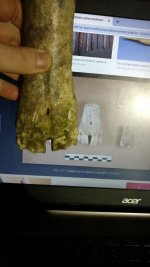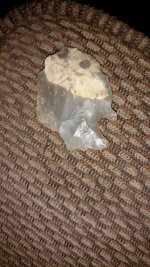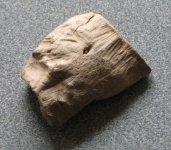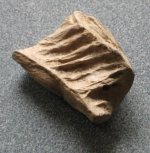Nate in Ga
Sr. Member
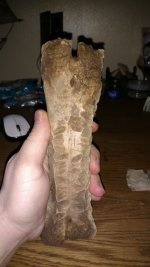
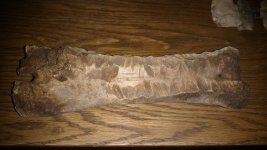
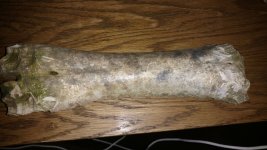
This bone is HEAVY its def petrified rock now, I believe it was already that way when it was worked on, Would Love to hear any of anyones thoughts on this, pretty exited.
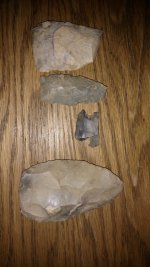
I think another little dalton barely missing the tip, small base of a random point, a kinfe with top missing and the big one thats complete not sure if its a axe or preform...
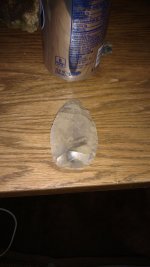
close to size of pop can...
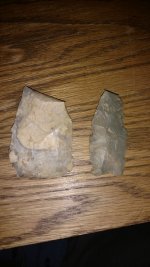
Again any feedback or identifications greatly appreciated, I find all my stuff in one location on private property no one else hunts. I have piles and piles of flakes and brokes, i think there is some great stuff at this location waiting to be found. Thanks for looking, happy hunting.
Amazon Forum Fav 👍
Upvote
0


